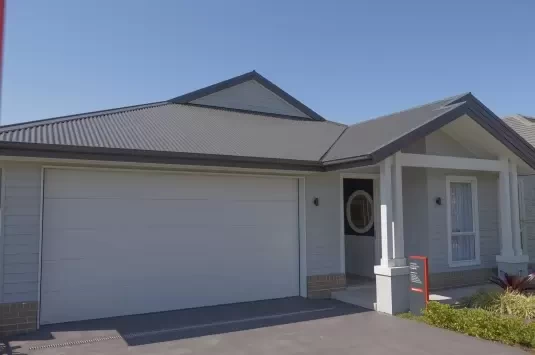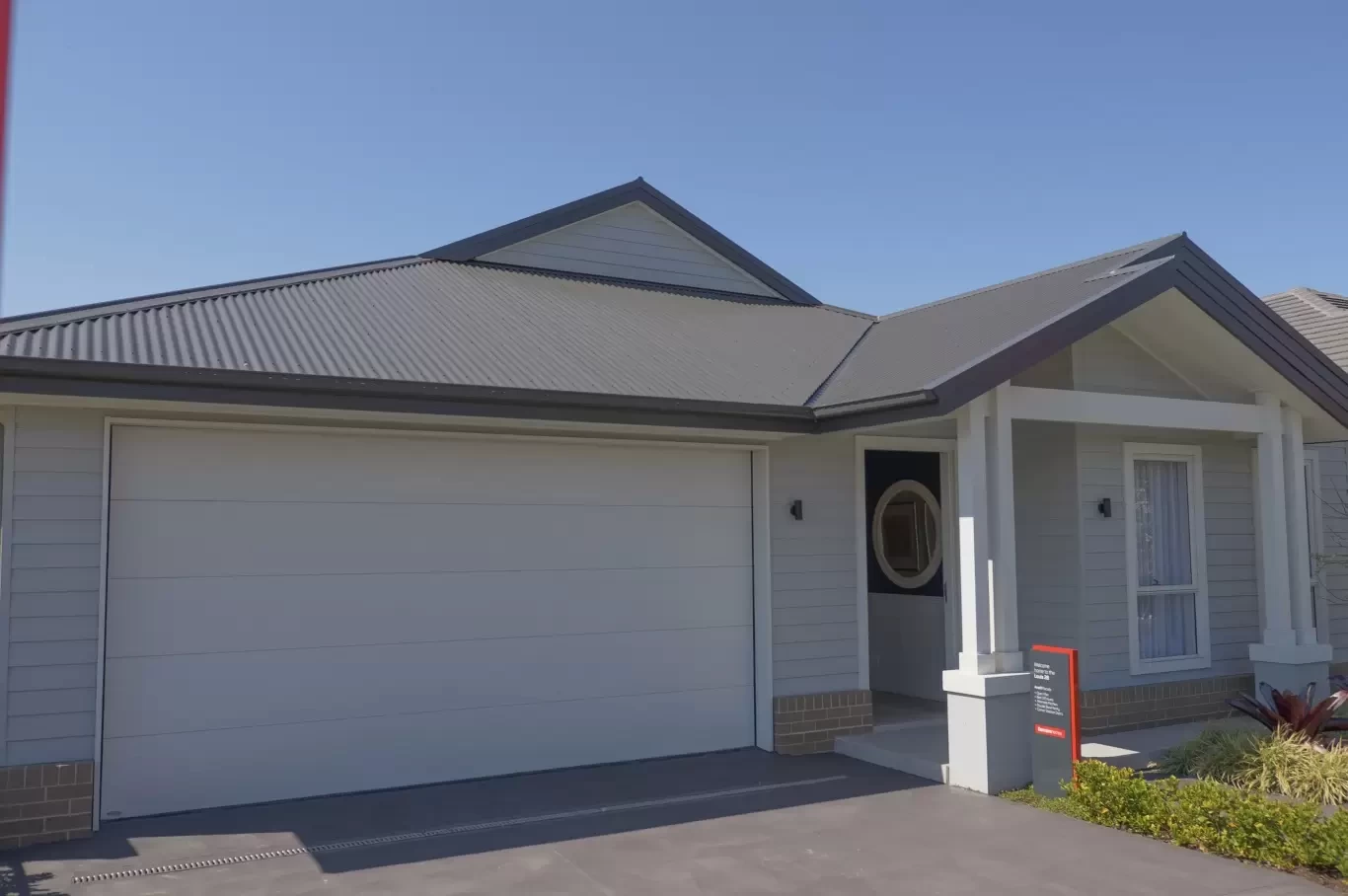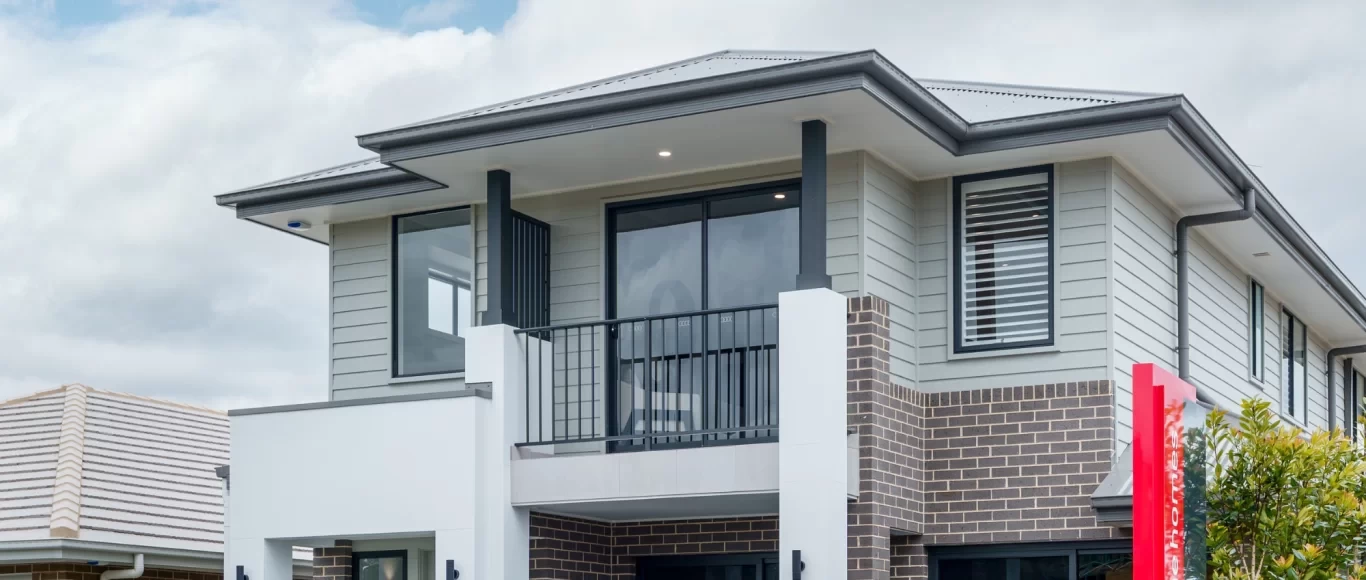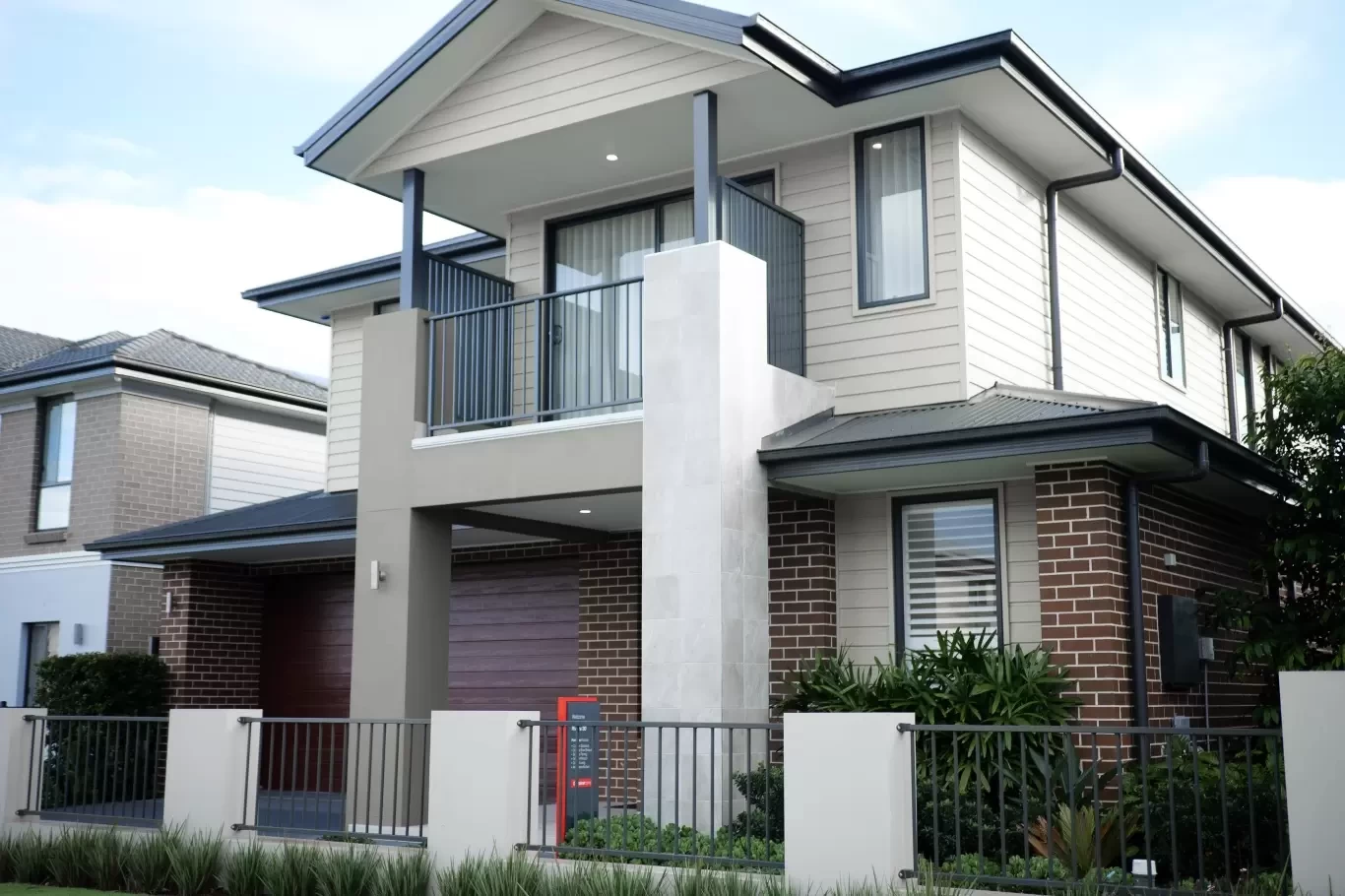When building your very first home, it can be difficult to determine how to get the most value out of your purchase. As experts in home building, we know that many new home builders consider factors such as pricing, build time, inclusions and design specifications; however, many underestimate the importance of knowing the quality of their new home build. The standards of construction can vary between builders depending on the materials that they use, the testing that they provide and the workmanship of their subcontractors; and the list of things to consider can make the process overwhelming for the buyer.
At Domaine, quality is our top priority. We believe that it is imperative to not only use the best building supplies, but to also provide our clients with the information needed to understand how their homes are being constructed. To help with this, we have listed down the building steps and advised which things you should look out for as you proceed with the build.
Step 1: Testing the Site
Before laying down the slab and forming the foundation of your home, it is important to undertake various procedures to ensure that the land is durable to build upon. Make sure that a surveyor has been organised on behalf of your builder to assess that the soil will hold a firm foundation and allow easy water drainage; as well as confirming the level of the site and land clearance. Demand a copy of the soil test along with other supporting documentation that advises your site is ready for progress!
Step 2: Laying the Slab
The concrete used for laying down the base of the home can make a huge difference. The ratio of concrete to sand must be suited for bearing heavy weight, otherwise the structure of the build risks collapsing. Don’t be afraid to ask your builder what brand of concrete they use! Additionally, your pipework should also be approved for plumbing to ensure that the foundation is waterproof, pest-free and moisture damage isn’t apparent.
Step 3: Forming the Frame
The quality of your frames is extremely important as this is what will build out the skeleton of your home. In this stage, frames will be installed to lay out the tracks for the roof, walls, flooring and windows. Historically, timber frames have always been used by builders and although they are reliable, steel frames serve to bring a new range of benefits to your home. Not only is it strong and durable, but also protects the home from fires, termites or storm damage.
Step 4: Exterior of the Home
Fitting out the exterior of the home demands a range of quality materials and sufficient workmanship. This includes installing bricks, remaining walls, windows, doors and tiling wherever needed. The specifications of wall thickness is an important factor to consider and should be assessed by an expert to ensure that the panels and drywall are sturdy and durable. Other materials to consider are your bricks, tiles, windows and render. Your builder should provide you with a list of their suppliers, so make sure you check to see whether they are using reputable brands.
Step 5: Interior of the Home
Although the fittings and fixtures of the home may seem miniscule and rarely important in the grand scheme of things, these details will become a headache for you in the future given that they’re not installed properly from the beginning. Drainage pipes, taps, wash basins, showerheads and other sanitary facilities must be scrutinised to ensure that their working conditions are up to standard. Your builder should be subcontracting items such as electricity, phone lines, internet wiring, plumbing and security systems. Don’t hesitate to chase them up with the following inspections. It is vital that this be completed accordingly for your own safety and security.
Step 6: Final Fittings
Once the foundation of your new home has come together, it is always important to ensure that final inspections are being completed to amend any touch ups. These touch ups include painting, fencing, turf and irrigation; as well as installing the floor coverings, glass, doors, screens and additional fittings. It isn’t uncommon for there to be gaps to fill in the final stages of your build, however, your builder should be providing a series of walk throughs before handover to ensure that no defaults have been overlooked. It is important that you are granted records of these inspections and given any testing documentation.
Maintenance and Warranty

Maintenance and Warranty
Although the home is now built, we believe that the building process shouldn’t cease at handover. Maintenance is one of the most important components of the build and your builder should provide you with ongoing check-ups and warranties to ensure that your quality of living is also maintained in your new home. Ask your builder what their structural warranty is – their guarantee will say a lot about their confidence in the quality of the home!
Because Domaine is backed by the strong establishment of CPG, we have access to all the best resources, supplies and materials for building your home. As a company, we have formed strong relationships with many of our suppliers and will always select the best of the best! Despite what happens, our number one priority is that our homes are being built to the best quality and this is never compromised, regardless of what is happening in the world. We are that confident in always executing top quality homes, that we also offer a Lifetime Structural Guarantee for all of our clients!








